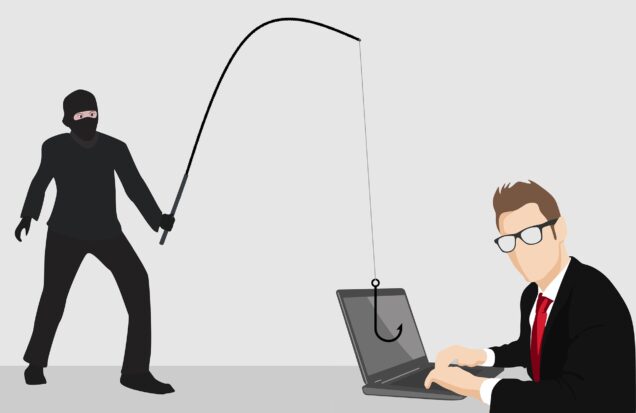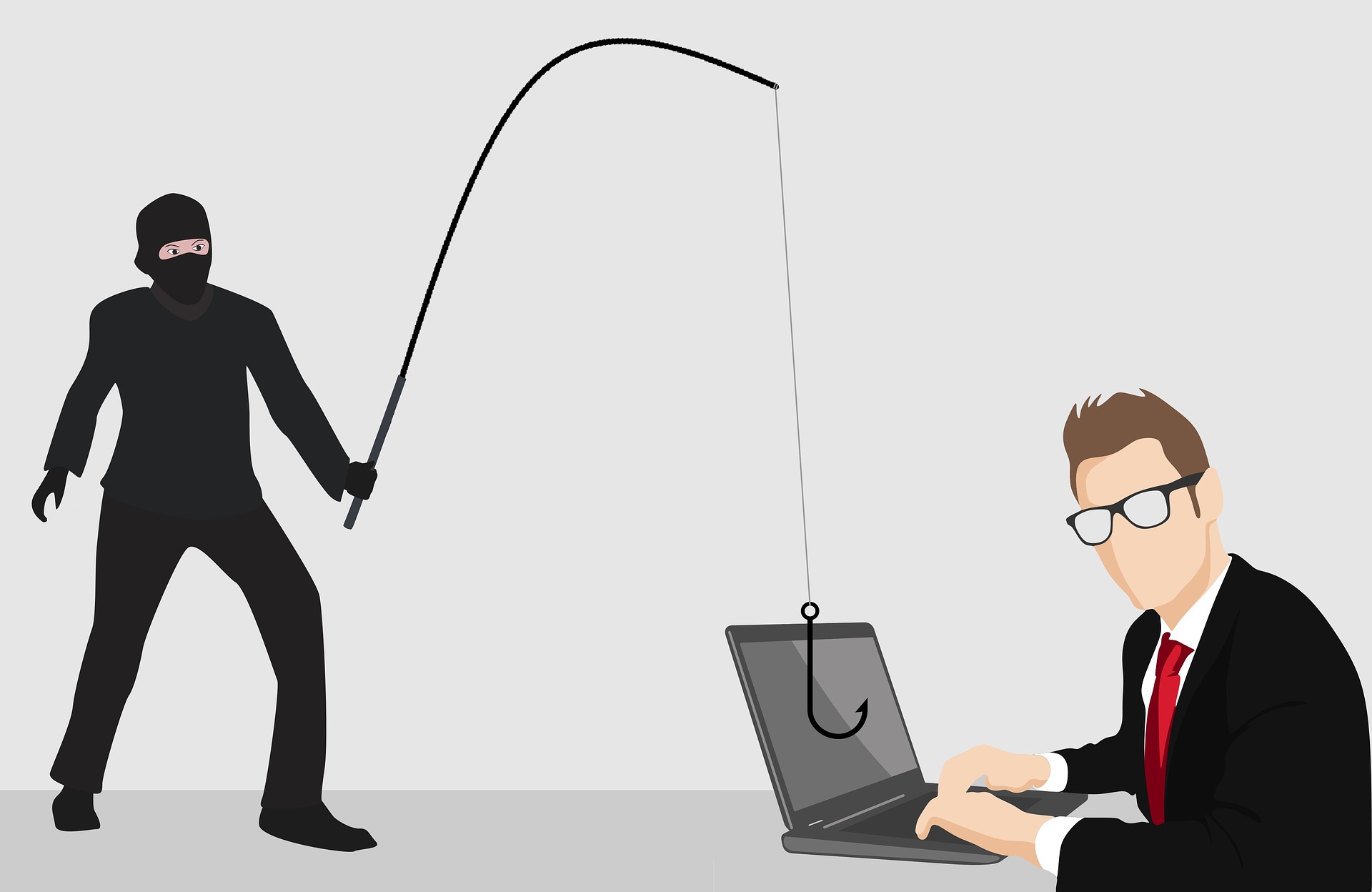The first line of defense against phishing attacks is employee education. Even the most seemingly authentic email will have inconsistencies indicative of a phishing attack. Another way to protect your business against phishing attacks is to implement a Sender Policy Framework (SPF) that allows only whitelisted IP addresses to send email from the company’s domain. Email attachment attacks often combine with phishing and can also give hackers remote access to your computer.
Spear phishing
While the statistics for phishing attacks have increased from the previous year, they are still a concern. Today, cybercriminals are becoming more sophisticated, and many of them have moved beyond traditional email phishing. Spear phishing, for example, uses information and email messages tailored to a specific target. For example, spear phishing is a new type of phishing attack.
Email spoofing is the most common type of cyber attack. Emails sent to large lists of people may contain a malicious link that installs malware. Emails sent to a small group of people may be phished, while emails sent to a specific individual may be legitimate.
In spear phishing, an email may pretend to be from the victim’s manager or request a large bank transfer. Another form of spear phishing is whale phishing, which targets high-value targets such as CEOs.
Know how to stay up to date about Login and Router privacy, visit site to know more.
Zombie phishing
To stay secure from zombie phishing, keep in mind that these attacks use an automated URL that mimics the look of a legitimate email. The best way to combat them is to protect your email account from such attacks by blocking them in your spam folder. The Cofense Phishing Defense Center provides a way to identify these attacks and help speed up the investigation and response time. To stay protected from zombie phishing in 2022, take these three steps:
Increasingly, businesses are experiencing botnet attacks and business email compromise scams. In Q1 2020, the Cofense organization reported that phishing attacks had doubled. Fortunately, the company has a solution to the problem and stopped a phishing attack in 19 minutes. The Cofense report also offers insight into the different types of zombie phishing attacks. Specifically, cloud sites, OfficeMacro, and infected webpages are all favored by threat actors. This trend is expected to increase even more in 2022 as companies become more vulnerable to phishing attacks.
Powershell phishing
In April 2022, Microsoft is expected to block VBA macros and blocks PowerShell XLL files to protect customers from phishing attacks. However, these threats are still around, and attackers are likely using new tactics and behaviors to test the waters. Here are some ways to protect yourself from Powershell phishing in 2022. Read on to learn how. In this article, we’ll cover the latest developments in PowerShell phishing.
PowerShell is an open source framework for automating common tasks and downloading malicious payloads. While this framework was developed by Microsoft, it has since become an open source system that can be exploited by malicious actors. As a result, it is an easy target for phishers. PowerShell is a built-in feature of Windows and is even available on Linux. This makes it easy for attackers to bypass the defenses of a computer system and install malware without any real impact to its operation.
Scareware attacks
As we enter the second decade of the 21st century, more businesses are finding themselves at risk from ransomware attacks. While these attacks can be costly, they often target larger corporations with outdated technology. Last year, WannaCry wiped out thousands of computers and crippled operations at the NHS in the United Kingdom, the Spanish telecommunications giant Telefonica, and Apple chip supplier Taiwan Semiconductor Manufacturing Co. The attacks resulted in millions of dollars worth of lost data, lost productivity, and even business opportunities.
The scareware strategy uses engineered imperatives and loss framing to motivate victims to act. Typically, scareware software will display images or video showing frightening versions of malware. This imagery conveys a sense of urgency, which makes it harder for the victims to resist the urge to click on a link. In addition, scareware programs will make you feel as though you have a limited amount of time to download malware.
Pretexting attacks
As the phishing scam continues to dominate the world of cybercrime, a new technique is emerging known as pretexting. These attacks create an artificial scenario in order to manipulate the victims into revealing their personal details. In order to trick users into handing over their personal information, attackers use emails that create a false sense of urgency. By impersonating a trusted source, the threat actor can gain their trust and information without even realizing it.
In the last year, phishing has become a key vector of cyber attacks and accounts for 43% of all data breaches. Developed with today’s technology in mind, these attacks are designed to target organizations where the lines between personal and professional activities are increasingly blurred. Users often share their devices, applications, and passwords across personal and professional life. It’s easy to imagine attackers using their disguises to target C-level executives and employees with extensive privileges.


